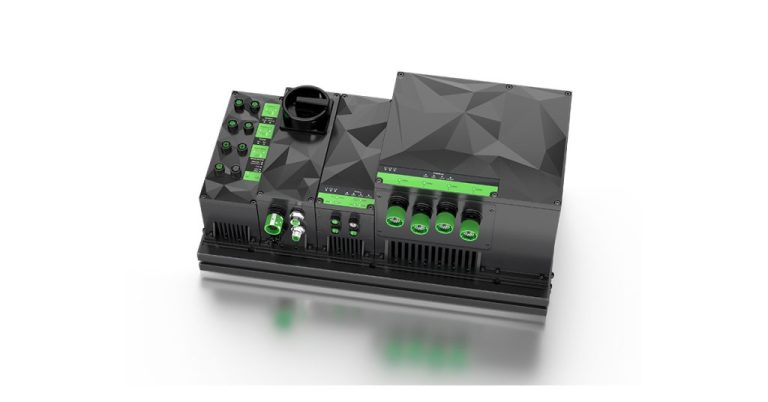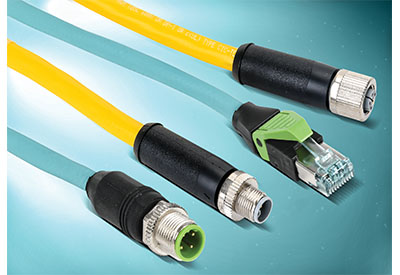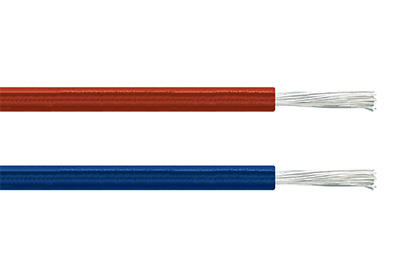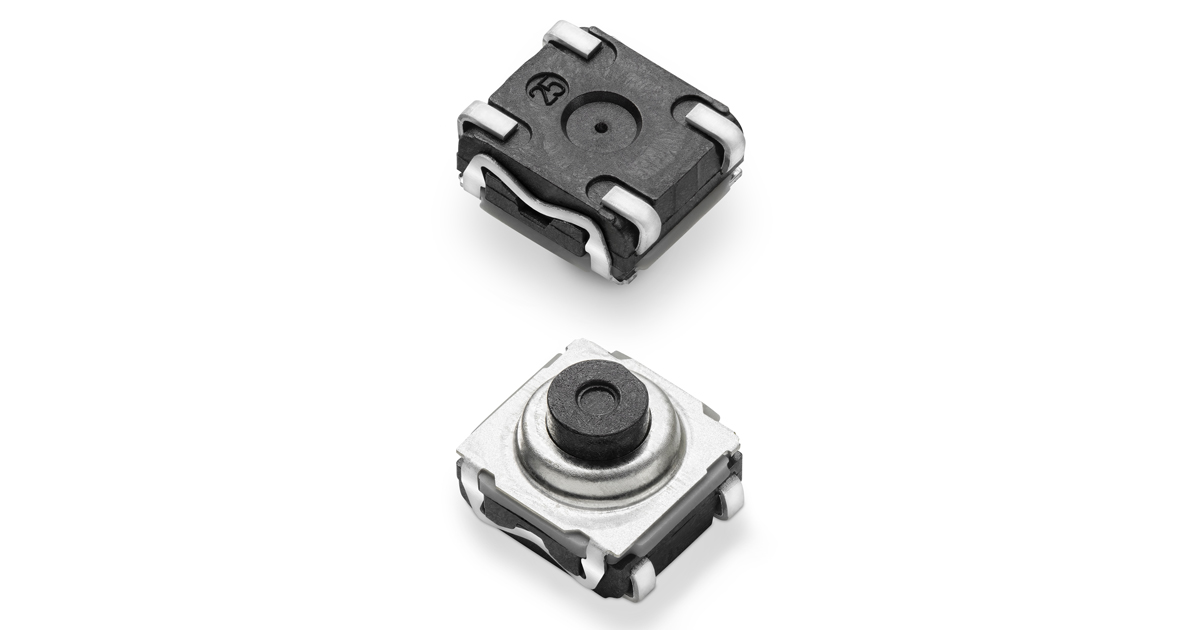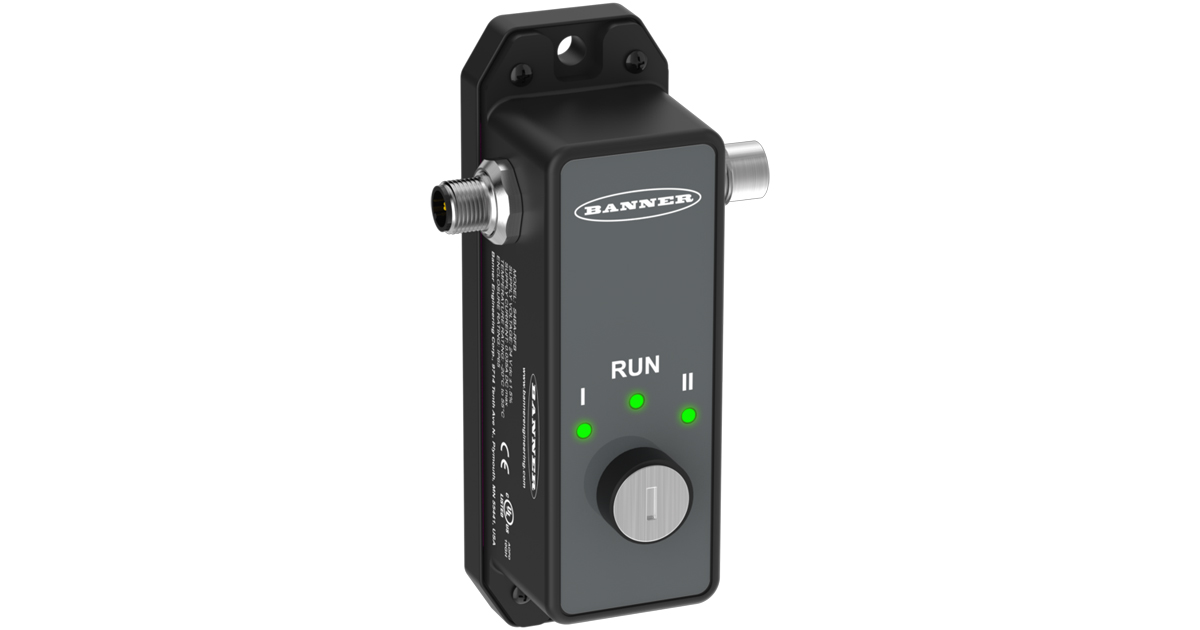Four Use Cases that Show How the Real-Time Insights from Predictive Maintenance Drive Costs Down
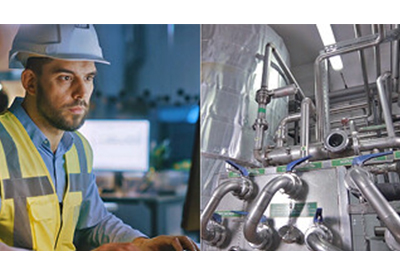
October 13, 2020
Unplanned machine downtime is a hude geadache for the business sector, especially as ongoing problems – aging infrastructure, skilled worker shortage, and recent societal disruptions – continue to drive up operational cost by reducing machine availability. To combat this, manufacturers are looking for solutions that go beyond standard preventive maintenance.
Omron helps companies tackle these challenges by migrating from preventative maintenance to more effective predictive maintenance strategies. Unlike preventative maintenance, which is performed according to a schedule, predictive maintenance monitors asset condition in real-time and prompts interventions before failures disrupt production.
Advances in sensors, analytics, and communication technologies are making predictive maintenance increasingly practical and affordable for small, medium, and large manufacturing companies. Let’s take a look at four use cases that demonstrate the value of this type of strategy.
Use case 1: Electric motor condition monitoring
Worn components are a leading cause of three-phase electric motor failure. One beverage company manually inspected its bottling line motors at 3- and 6-month intervals and overhauled motors once a year. Although workers replaced parts frequently, this approach was expensive and still failed to eliminate unplanned downtime.
Retrofitting the motor with a current sensor allows a monitoring AI to run a distortion analysis in real-time, detect abnormalities, and analyze the failure mode. With this insight, the company has been able to eliminate time-consuming inspections and rely on alerts that signaled a service requirement.
Use case 2: Recirculating pump condition monitoring
Industrial recirculating pumps run almost continuously. One semiconductor manufacturer used manual inspections to check a motor in its water treatment plant, but conducting accurate inspections was difficult without shutting down the pump. Scheduling maintenance was always challenging because of ongoing production needs.
Retrofitting the recirculating pump with a vibration sensor allows the monitoring AI to measure high-frequency vibrations, detect abnormalities, and analyze the failure mode. Alerts permit maintenance engineers to monitor pump health remotely, judge the potential impact of abnormalities, and solve problems without being onsite.
Use case 3: Hydraulic system condition monitoring
Hydraulic valves are essential to the normal operation of many industrial machines. A leading auto manufacturer relied on manual thermal inspections to monitor the condition of valves on its body panel hydraulic presses. Because maintenance engineers couldn’t monitor valve temperature continuously, unplanned downtime lasting days or weeks sometimes occurred.
Retrofitting presses with thermal image sensors allows the monitoring AI to continuously measure valve temperature, detect abnormalities, and analyze the failure mode. Increases in surface temperature generate automatic alerts that allow maintenance staff to take immediate action if necessary.
Use case 4: Power supply with onboard monitoring
Maintenance engineers for one automotive manufacturer were using digital voltmeters to check power supplies for out-of-spec conditions. These inspections were time-consuming and imprecise since components sometimes degraded between inspections. To limit downtime, the manufacturer often had to replace power supplies regardless of device health.
Retrofitting control panels with intelligent power supplies has brought AI functionality to the factory floor. Each power supply calculates its own remaining service and sends a real-time health-grade to a built-in display. Onboard networking also supports remotely monitoring multiple power supplies from a central location.
![]()
https://automation.omron.com/en/us/blog/predictive-maintenance-blog

